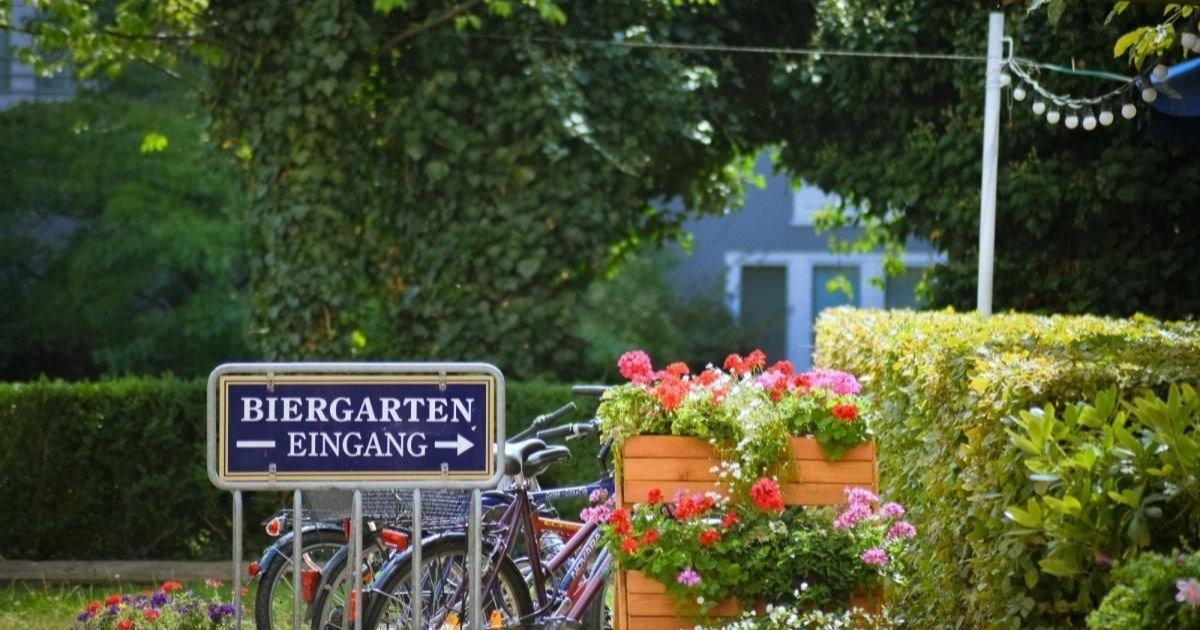Beer Gardens
Beer gardens, or “Biergarten” as they are known in German, are outdoor spaces designed for the enjoyment of beer, food, and socializing. These vibrant gathering places have become increasingly popular in recent years, offering a unique atmosphere that blends the traditional with the modern. Whether you’re a beer enthusiast or simply appreciate a lively social setting, understanding the beer garden concept is essential for fully appreciating this cultural phenomenon.
The History of the Beer Garden
The origins of beer gardens can be traced back to the 19th century in Bavaria, Germany. At the time, brewers were required to brew beer during the cooler months to prevent spoilage. To keep their beer cool during the summer, they dug cellars and planted chestnut trees to provide shade. These shaded areas became popular places for people to gather and enjoy the brewers’ fresh beer.
Over time, beer gardens evolved into community spaces where families could gather, socialize, and enjoy food and drinks in a relaxed outdoor setting. The concept quickly spread throughout Germany and eventually made its way to other parts of the world, including the United States.
American Beer Gardens

While beer gardens have their roots in Germany, the concept has been embraced and adapted in various ways across the United States. American beer gardens often incorporate elements of their local culture and traditions and create unique experiences tailored to the tastes and preferences of their communities.
From urban rooftop beer gardens to sprawling outdoor spaces in suburban areas, the American beer garden scene is diverse and ever-evolving. Many of these establishments feature a wide selection of craft beers, artisanal food offerings, and live entertainment, catering to a clientele that values quality and authenticity.
Also read this post:Olive Garden
The Rise of Beer Gardens
The popularity of beer gardens has surged in recent years, driven by a variety of factors. The craft beer revolution has played a significant role, as more people seek out unique and flavorful brews in inviting settings. Additionally, the desire for outdoor dining and socializing experiences has increased, particularly in urban areas where outdoor space is limited.
Beer gardens offer a refreshing alternative to traditional bars and restaurants, providing a relaxed and communal atmosphere where people can gather with friends and family. The combination of good beer, food, and ambiance has proven to be a winning formula, attracting a diverse customer base ranging from young professionals to families with children.
Visit Nashville’s Beer Garden

In Nashville, Tennessee, the beer garden scene has been thriving, with establishments like the Bavarian Bierhaus offering a taste of authentic German beer garden culture. This particular beer garden features a wide selection of German and local craft beers, as well as traditional Bavarian cuisine and live entertainment.
Visitors can enjoy their drinks and meals in the outdoor Biergarten, complete with long communal tables and a festive atmosphere. The Bavarian Bierhaus is just one example of the many beer gardens that have popped up across Nashville, catering to the city’s growing population and vibrant food and beverage scene.
The Great Beer Garden Field Guide
To truly appreciate the beer garden experience, it’s important to understand the key elements that define these unique establishments. Here’s a closer look at the essential components of a beer garden:
Beer gardens are typically set in outdoor spaces with a distinctive atmosphere. This could be a lush garden setting, a bustling urban courtyard, or a spacious patio with ample seating. The environment should be inviting and conducive to relaxation and socializing.
At the heart of every beer garden is, of course, the beer. These establishments pride themselves on offering a diverse selection of high-quality beers, often including local craft brews and traditional German styles. The beer should be served at the appropriate temperature and in proper glassware to enhance the drinking experience.
Many beer gardens encourage patrons to bring their food or snacks, fostering a casual and family-friendly atmosphere. Some establishments may also offer a limited food menu or allow food trucks on-site to cater to hungry guests.
One of the defining features of a beer garden is the presence of communal seating, often in the form of long tables or benches. This setup encourages strangers to mingle and promotes a sense of community, creating a lively and social atmosphere.
The German concept of “gemütlichkeit” is essential to the beer garden experience. It refers to a sense of warmth, coziness, and conviviality – an intangible quality that makes guests feel comfortable and at ease. From the welcoming staff to the carefully curated ambiance, beer gardens strive to create an environment that embodies this spirit of gemütlichkeit.
Some History

While the modern beer garden has evolved to cater to contemporary tastes and preferences, it remains rooted in a rich cultural tradition. Understanding the history and origins of beer gardens can deepen one’s appreciation for this unique concept.
The first beer gardens emerged in the early 19th century in Bavaria, Germany, as a response to the need for cool storage spaces for beer during the summer months. Brewers would dig cellars and plant chestnut trees to provide shade, creating the ideal conditions for storing and serving their beer.
As these shaded areas became popular gathering spots for locals, the concept of the beer garden was born. Over time, beer gardens evolved into community hubs, where families could enjoy food, drinks, and entertainment in a relaxed outdoor setting.
The beer garden tradition eventually spread beyond Bavaria and throughout Germany, with each region putting its spin on the concept. As German immigrants brought their customs and traditions to other parts of the world, including the United States, the beer garden phenomenon took root and adapted to local cultures and tastes.
Today, beer gardens continue to thrive, offering a unique blend of tradition and modernity. Whether you’re seeking an authentic German experience or a more contemporary interpretation, beer gardens provide a refreshing and communal atmosphere that celebrates the simple pleasures of good beer, good food, and good company.
FAQs
What makes it a beer garden?
A beer garden is defined by its outdoor setting, often featuring elements like communal seating, the ability to bring your food, and a focus on serving a variety of quality beers in a relaxed, social atmosphere. The concept emphasizes creating a welcoming and convivial environment for guests to enjoy good beer, food, and company.
What is the difference between a beer garden and a pub?
While both serve beer, a beer garden is typically an outdoor space with a more casual and family-friendly environment, encouraging socializing and often allowing patrons to bring their food. In contrast, a pub is an indoor establishment that primarily serves alcohol and may have a more intimate, bar-like atmosphere.
What is the difference between a brewery and a beer garden?
A brewery is a production facility where beer is brewed and packaged, while a beer garden is a designated outdoor space designed for the consumption and enjoyment of beer. Breweries may have an attached beer garden or taproom, but the primary function of a brewery is beer production, not necessarily serving customers.
What is a traditional beer garden?
A traditional beer garden, rooted in German culture, is an outdoor space with features like communal seating, chestnut trees for shade, and a focus on serving traditional German beer styles in a convivial, family-friendly atmosphere. Traditional beer gardens aim to capture the spirit of “gemütlichkeit,” or a sense of warmth, coziness, and conviviality.











